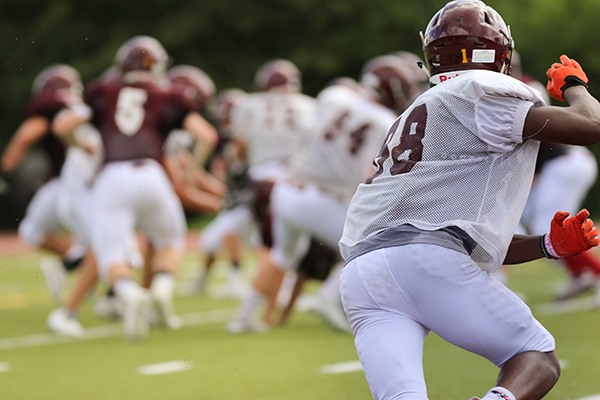An interesting article titled “The relationship between the lower third molar (M3) and mandibular angle/condyle fractures – a systematic review” written by Akadiri et al. appears in Oral Surgery in 2017 (vol. 10, pp. e7-e16). The article seeks to determine mandibular angle/condyle fractures risk when an impacted wisdom tooth is present or not. In some studies the the presence of impacted wisdom teeth has been associated with increased risk of mandibular angle fractures which those who suggest prophylactic removal of wisdom teeth like to use as a valid reason. However in other studies there has been show an increased risk for mandibular condyle fracture after removing a wisdom tooth.
The authors performed a systematic literature review and explored articles from 1970 to 2015. Articles included in the review meet a set of author defined criteria including using Kelly and Harrigan’s definition of mandibular angle and condyle fractures and determining if the presence or absence of a wisdom tooth a risk for condyle fracture. The authors identified 40 relevant articles and classified 27 of these articles into category A and 13 of these articles into category B, were the articles in category B had to include the incidence of of angle fractures associated with surgical removal of unerupted wisdom teeth.

The authors found from the 27 articles in category A, 24 of them supported the idea that impacted wisdom teeth increased the risk for mandibular angle fracture while the other 3 did not. Three of these articles provided information on the total number of extraction cases from which incidence of angle fractures were reported giving prevalence rates of 4 per 100,000, 6 per 1,000 and 3 per 1,000,000. The authors combined 21 studies to come up with a combined population size of 10,284 and in these studies the total number of angle fractures associated with fully erupted/missing wisdom tooth was 1,467 and the the total number of angle fractures associated with impacted wisdom teeth was 2,317. From this a correlation coefficient associating impacted wisdom teeth with angle fractures was significantly high was found to be statistically significantly high. The authors found eight studies that compared the frequency of mandibular angle and condyle fractures in relation to wisdom teeth status. These demonstrated that while the frequency of angle fractures increased with the presence of impacted wisdom teeth, the frequency of condyle fractures decreases with the presence of impacted wisdom teeth. This inverse relationship between angle and condyle fractures in variation with the presence of impacted lower wisdom teeth was statistically significant.
The authors state
“…presence of impacted third molar [wisdom teeth] predisposes to angle fracture while also reducing the risk of condyle fracture.”
The authors state that angle fracture as a complication of wisdom teeth removal is rare, mostly affecting those ages 40 to 60, and typically occurs either during surgery or within 4 weeks after surgery. They suggest that when surgery is performed in such patients effective bone drilling techniques and tooth sectioning to minimize extraction force are utilized along with advising of a soft diet for four weeks. The authors indicate that removing wisdom teeth can lead to more condyle fractures which is more difficult to treat than a mandibular angle fracture and also presents greater risk for complications including injuries to branches of the facial nerve. The authors provide a figure to guide wisdom teeth management for those with high risk of mandibular angle fracture. They say those at high risk of mandibular angle fracture includes patients aged 19 to 35, males, and those that engage in contact sports. In these individuals if a wisdom tooth is present they suggest removal only if it is symptomatic. They suggest the use of jaw pads to prevent jaw fractures in those that are retaining a wisdom tooth and chin guards in those engaging in contact sports to prevent symphyseal and condyle fracture in those that have a wisdom tooth removed. The authors thus do not recommend prophylactic removal of wisdom tooth because this will avoid the more complicated condyle fracture (but it can lead to mandibular angle fracture).
